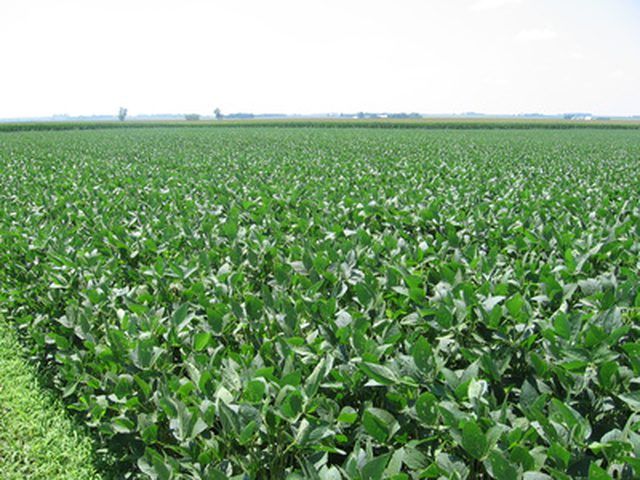Bulbs
Flower Basics
Flower Beds & Specialty Gardens
Flower Garden
Garden Furniture
Garden Gnomes
Garden Seeds
Garden Sheds
Garden Statues
Garden Tools & Supplies
Gardening Basics
Green & Organic
Groundcovers & Vines
Growing Annuals
Growing Basil
Growing Beans
Growing Berries
Growing Blueberries
Growing Cactus
Growing Corn
Growing Cotton
Growing Edibles
Growing Flowers
Growing Garlic
Growing Grapes
Growing Grass
Growing Herbs
Growing Jasmine
Growing Mint
Growing Mushrooms
Orchids
Growing Peanuts
Growing Perennials
Growing Plants
Growing Rosemary
Growing Roses
Growing Strawberries
Growing Sunflowers
Growing Thyme
Growing Tomatoes
Growing Tulips
Growing Vegetables
Herb Basics
Herb Garden
Indoor Growing
Landscaping Basics
Landscaping Patios
Landscaping Plants
Landscaping Shrubs
Landscaping Trees
Landscaping Walks & Pathways
Lawn Basics
Lawn Maintenance
Lawn Mowers
Lawn Ornaments
Lawn Planting
Lawn Tools
Outdoor Growing
Overall Landscape Planning
Pests, Weeds & Problems
Plant Basics
Rock Garden
Rose Garden
Shrubs
Soil
Specialty Gardens
Trees
Vegetable Garden
Yard Maintenance
How Are Soy Beans Pollinated?
How Are Soy Beans Pollinated?. Soy beans are subtropical plants that can adapt well to other climates. Their popularity has continued to rise with demand driven partly by an increased use of soy, which is made into everything from food to fuel to beauty products. The plant's easy pollination also makes it an attractive option to farmers.

Soy beans are subtropical plants that can adapt well to other climates. Their popularity has continued to rise with demand driven partly by an increased use of soy, which is made into everything from food to fuel to beauty products. The plant's easy pollination also makes it an attractive option to farmers.
Primary Type of Pollination
Soy beans are self-pollinating plants, meaning that pollen is transferred in the plants' flowers without depending on insects.
Self-Pollination Process
Buds emerge on soy bean plants and eventually bloom into flowers. The flowers produce pollen, which the soy bean plant transfers from the stamen to the pistil. This occurs before a soy bean flower has opened. Self-pollination results in bean pods, which contain the edible part of soy bean plants.
Using Bees for Pollination
Some farmers have experimented with using bees to cross-pollinate soy bean plants. Advocates of bees as soy bean pollinators claim that the insects help increase crop yields and create new varieties of hybrid soy beans.